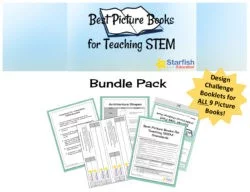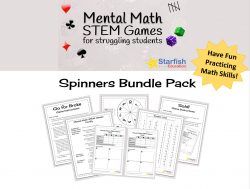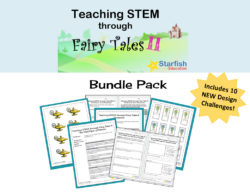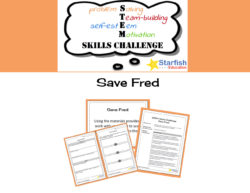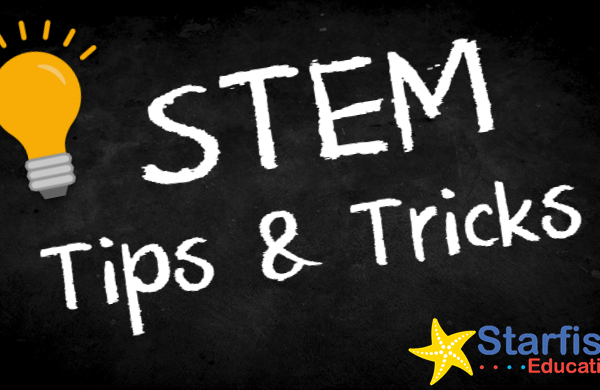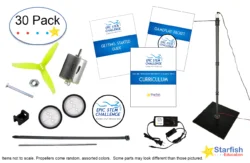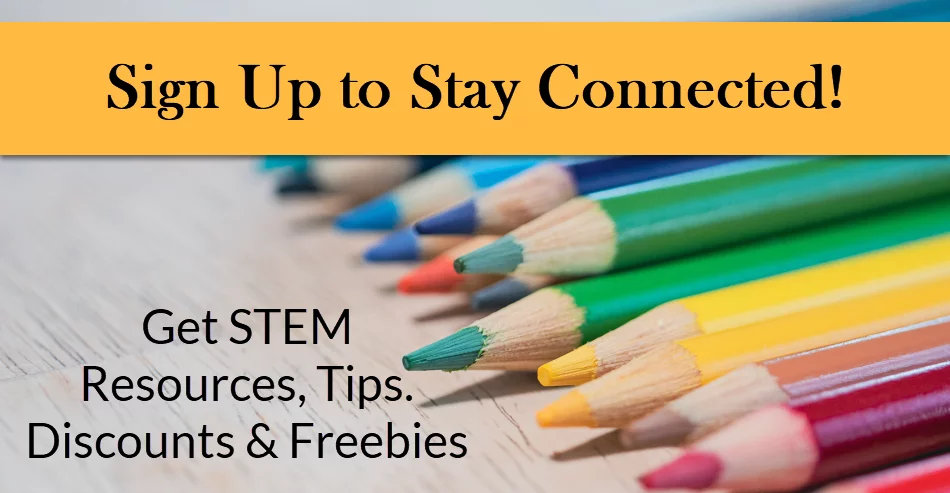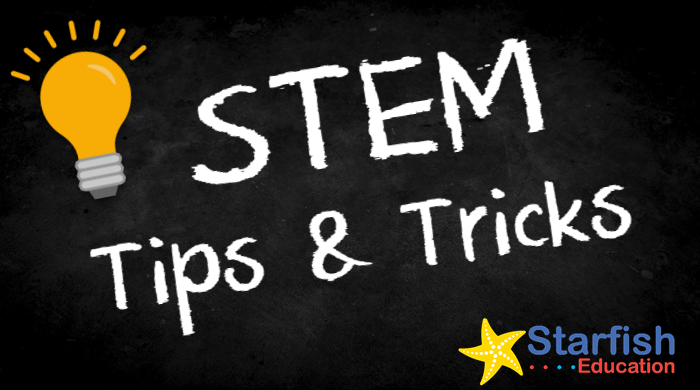
So, how do you integrate STEM into your classroom? This is often a perplexing question to teachers, but implementing STEM in your classroom isn’t difficult. Let’s looks at some strategies to easily integrate STEM!
Build Knowledge
To successfully implement STEM education, start by building your own knowledge. What makes an engaging STEM lesson? A STEM lesson is one that incorporates the four disciplines of Science, Technology, Engineering, and Math. It allows students to experience these disciplines as they would in the real world, not in segments of 45minutes, which is how they are taught in a traditional classroom. Allowing students to experience these disciplines in an integrated form engages students in a real-world, meaningful experience. A good STEM lesson also allows students to collaborate- with others in their own classroom or students around the world. Providing collaboration helps to strengthen communication skills and aids students in working together to find a possible solution to a problem.
Seek Resources
Search the Internet, talk to colleagues, or consult with someone who specializes in the field of STEM education (like me!). Be careful to look for the signs of a true STEM lesson. An exemplary STEM education lesson/project should contain:
- The integration of each of the four disciplines- Science, Technology, Engineering, and Math and alignment to the standards you teach.
- A hands-on task – usually one that asks students to find a solution to a problem
- A real-world connection
- An opportunity for students to think creatively, work collaboratively, and solve problems
- A natural tie to your curriculum- STEM projects are incredibly fluid and incorporate so many skills from each of the disciplines that, barring an appropriate grade level, it should fit seamlessly into your curriculum
Implement Challenges
Once you’ve found some great STEM lessons and projects, it’s time to implement! Keep in mind that students are excited to engage in STEM projects, so setting ground rules, reviewing expectations and using your classroom management skills will be key. As you work through the project with students, take the opportunity to facilitate and help each team by asking key questions. Asking questions allows you to probe how deeply students understand the concepts and immediately clarify if any misconceptions arise.
Need some other ideas? Read The Two Best Design Challenges to Start the Year
Subscribe to Stay Connected!
-
Best Picture Books for Teaching STEM- Bundle Pack
$23.95 -
Mental Math STEM Games- Spinner Bundle
$16.95 -
Teaching STEM through Fairy Tales II- Bundle Pack
$16.95 -
STEM Skills Challenge- Save Fred
$2.95

